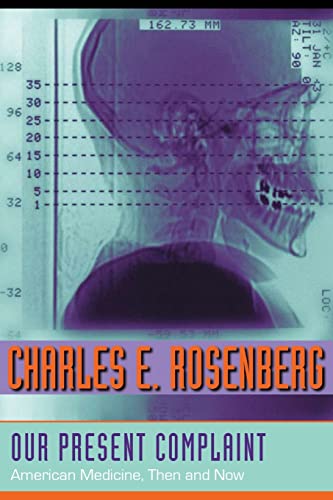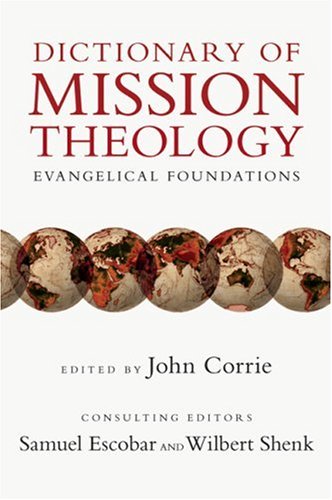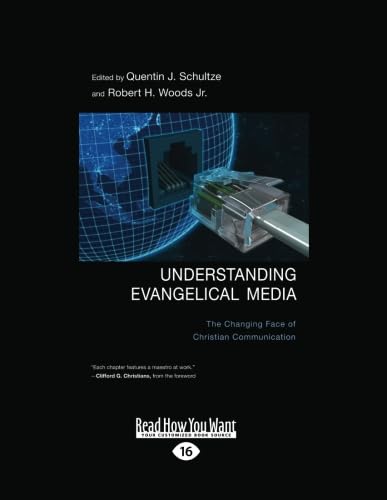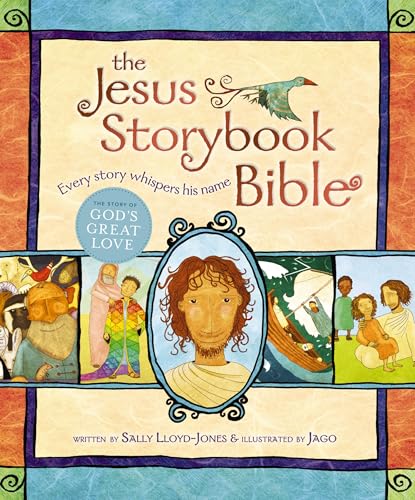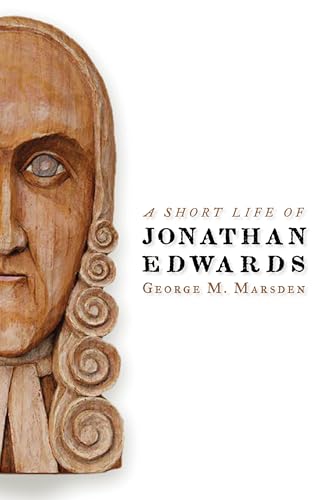Jesus in Trinitarian Perspective: An Introductory Christology
Written by Fred Sanders and Klaus Issler, eds. Reviewed By James R. A. MerrickCo-editor Fred Sanders explains, “The thesis of this book, and the conviction of each author, is that the intellectual work of Christology is best undertaken in the context of the doctrine of the Trinity” (p. 3). Thus, in Jesus in Trinitarian Perspective, he and co-editor Klaus Issler want to provide beginning evangelical theology students with an understanding of the doctrinal issues related to Christology. The five essays that follow Sanders’ introduction are apportioned according to the classic systematic division of Christ’s person and work. Each essay, including Sanders’ introduction, begins with a summary of the argument, a statement of what are called “axioms for christological study,” and a list of important terminology. And each ends with reading recommendations and study questions.
Sanders’ introduction attempts to persuade evangelicals that Chalcedonian orthodoxy can supply “the conceptual categories evangelicals need to tell the story of their personal savior the way they need to” (pp. 1–2; cf. p. 34). He worries that there is a tendency within evangelicalism to marginalize doctrinal description because of an interest in biblical simplicity. He writes,
One of the great ironies of modern theological history is that the heirs of those conservatives who opposed high liberalism have become the chief bearers of the Harnackian bias against doctrine. Whenever we assume that the best way to embrace the simple gospel is to eschew the difficulties of doctrine, Evangelicals are unconsciously adopting the position of their historic opponents and standing in contradiction to their own best interests (p. 5).
The remainder of the essay, then, explains the classical christological debates with a view towards showing their value for evangelical theology. Such a recovery, if one admits it necessary, could prove beneficial for evangelical theology given the number of internal controversies that turn on Christology in general and the nature of the incarnation in particular (e.g., open theism, the divine-human authorship of Scripture, and religious pluralism).
In Part 1 (“The Person of Christ”), Donald Fairbairn’s examination of the Cyrillian character of Chalcedonian and post-Chalcedonian Christology corrects a common misinterpretation of those debates. Exploring in more detail the ground covered by Sanders, he contends that the fifth-century christological controversies were not, as usually taught to beginning theology students, a debate between two competing schools, the Alexandrian versus the Antiochene, but about a clarification of Cyril’s Christology in light of challenges from a minority position who had the support of a prominent bishop, Nestorius.
J. Scott Horrell’s biblical defense both of social trinitarianism and of the evangelical view of the Son’s eternal subordination/submission to the Father is largely a revision of an earlier JETS article. In it he joins the contemporary call for a “social trinitarianism,” but spends more time giving biblical justification for such rather than entering philosophical debates about the divine persons’ “individual centers of consciousness.” What distinguishes Horrell’s approach from that of other evangelical defenses of a hierarchy of authority in the Godhead is the attempt to commandeer recent interest in a social Trinity. Horrell might have needed to provide more than just the assertion that God is accurate in his economic manifestation to convince those skeptical of the configuration of the relationship between the immanent and economic Trinity required to justify reading the economic taxis present in the Son’s historical mission as reflective of an immanent taxis. But this relationship is incredibly complex, and such a discussion may have compromised the book’s ability to assist its target audience. (Sanders’s The Image of the Immanent Trinity: Rahner’s Rule and the Theological Interpretation of Scripture [Peter Lang, 2004] is a great guide to the issues involved.)
Garrett DeWeese’s essay comparing patristic and contemporary metaphysics of incarnation reads like an apologetic for the latter. It is perhaps a bit too belabored by the philosophical practice of translating every contention into an equation to be accessible to beginning students. Moreover, depending on one’s view, both Horrell’s and DeWeese’s essays could be considered inappropriate for beginning students since they attempt to defend ideas of more recent vintage. In my judgment beginning students should be immersed in the classic tradition that has been found to be a reliable resource for Christians throughout the majority of church history before entertaining more novel notions. Additionally, both appear to risk undermining the book’s stated intention of avoiding “new or experimental position[s]” (pp. 39–40).
Part 2, “The Work of Christ,” contains Bruce Ware’s presentation of the trinitarian shape of Christ’s atonement and Klaus Issler’s account of Jesus’ “predominant” dependence upon Father and Spirit in his life. Issler’s concern is to show how Christ’s spirituality is imitable for our own. Ware’s essay serves as a catalogue of various biblical passages that evince a trinitarian pattern in Christ’s identity and activity. In other words, he surveys instances where Jesus’ work and personhood are described with reference to the Father and the Spirit. This allows Ware to conclude in line with the assumptions of this book that Jesus must be understood “in Trinitarian perspective.” It was unfortunate that there was not much discussion of what specifically such a conclusion means for a theology of atonement. I was also surprised that Ware did not respond to the trinitarian objection to penal substitution.
Readers are here introduced to several of the doctrinal issues involved in thinking of Jesus in Trinitarian terms as well as the key biblical passages that prove such is a necessary component for being faithful to Scripture. The book will prove to be a great resource for evangelical undergraduates, interested lay folk, or pastors looking for a refresher in Christology. And the listing of key terminology, reading recommendations, study questions, and christological axioms make the book extremely useable for classroom discussion and general study.
James R. A. Merrick
King’s College, University of Aberdeen
Aberdeen, Scotland, UK
Other Articles in this Issue
For Ezra had set his heart to study the Law of the LORD, and to do it and to teach his statutes and rules in Israel (Ezra 7:10)...
Salvation History, Chronology, and Crisis: A Problem with Inclusivist Theology of Religions, Part 2
by Adam SparksA fundamental requirement in an inclusivist understanding of the relationship between Christianity and other religions is evidence of God's salvific activity outside of any knowledge of Christ...
The Center of Biblical Theology in Acts: Deliverance and Damnation Display the Divine
by James M. Hamilton Jr.Acts 1:1 opens with a reference to what Jesus "began to do and teach"1 recounted in the Gospel of Luke, indicating that this second volume will carry the narrative of Jesus' actions and teachings forward...
Shared Intentions? Reflections on Inspiration and Interpretation in Light of Scripture’s Dual Authorship
by Jared ComptonIt was not too long ago that Kevin Vanhoozer answered the question Is There a Meaning in This Text? by relocating meaning in authorial intention,1 doing so even more robustly (not to mention, evangelically) than E...
The original question I was asked to address was "How does our commitment to the primacy of the gospel tie into our obligation to do good to all, especially those of the household of faith, to serve as salt and light in the world, to do good to the city?" I will divide this question into two parts: (1) If we are committed to the primacy of the gospel, does the gospel itself serve as the basis and motivation for ministry to the poor? (2) If so, how then does that ministry relate to the proclamation of the gospel?



